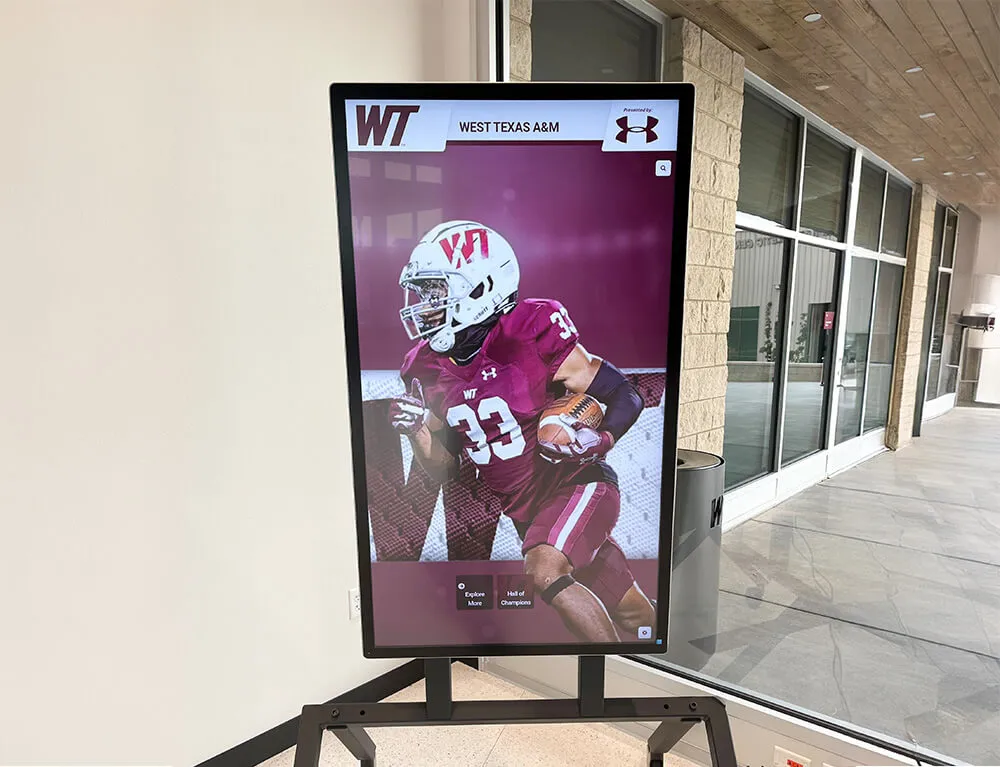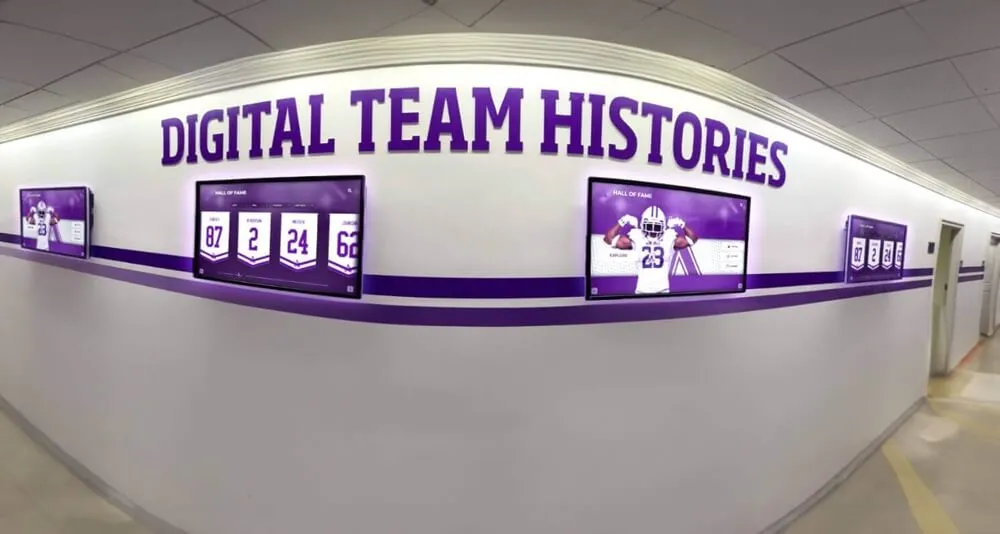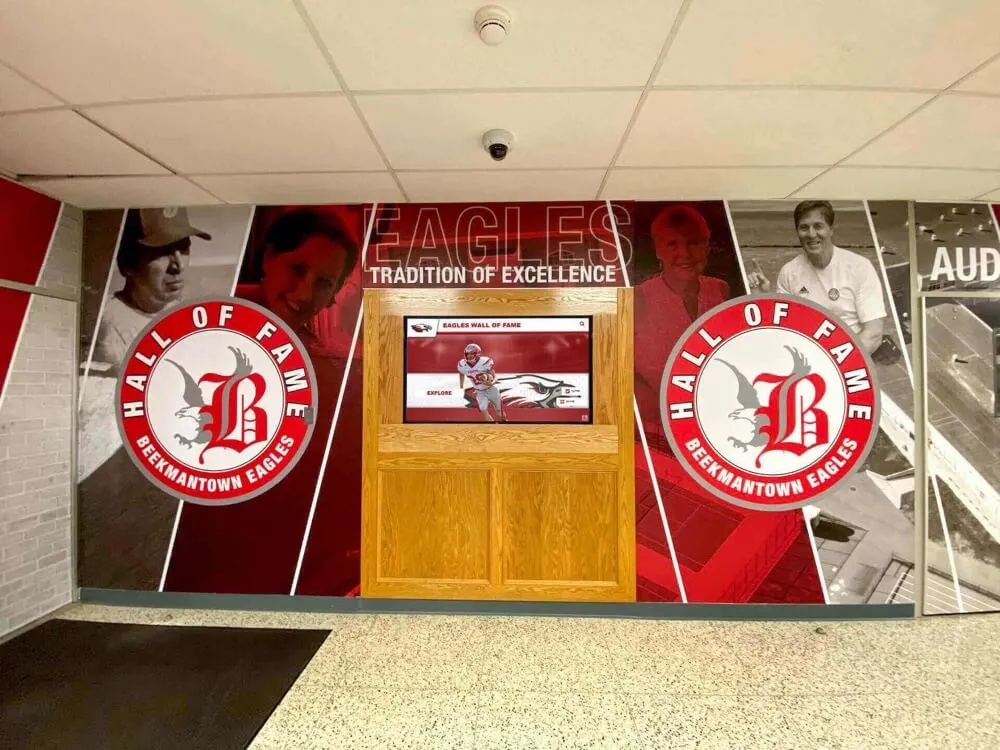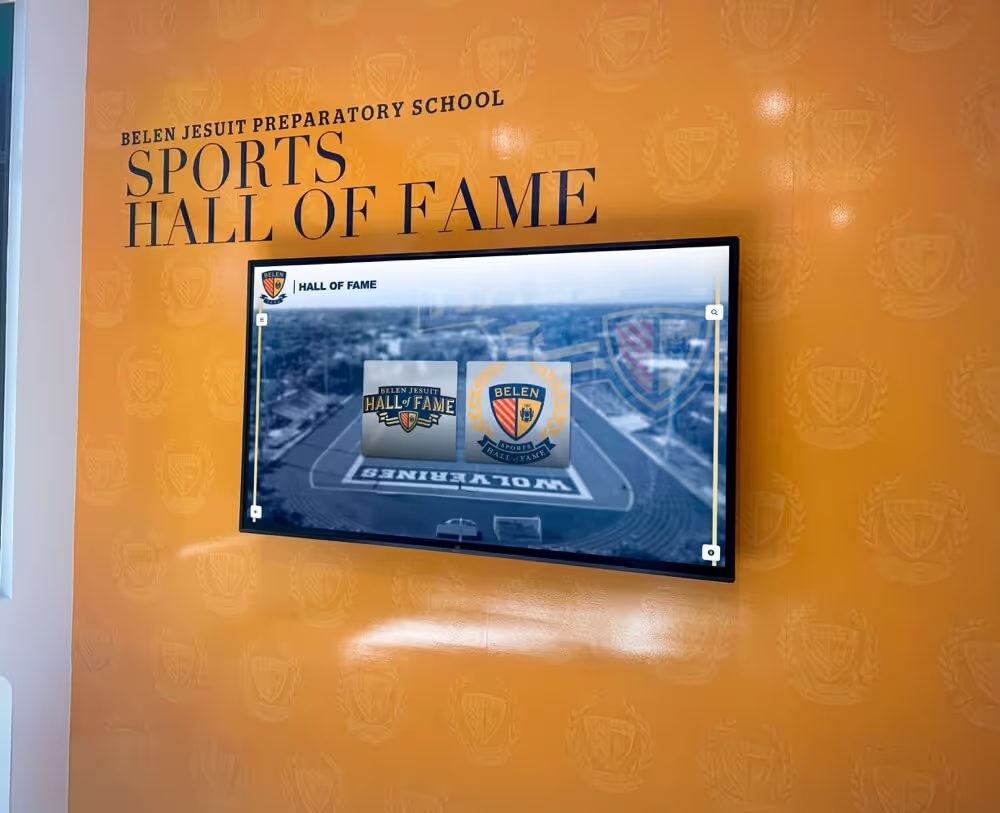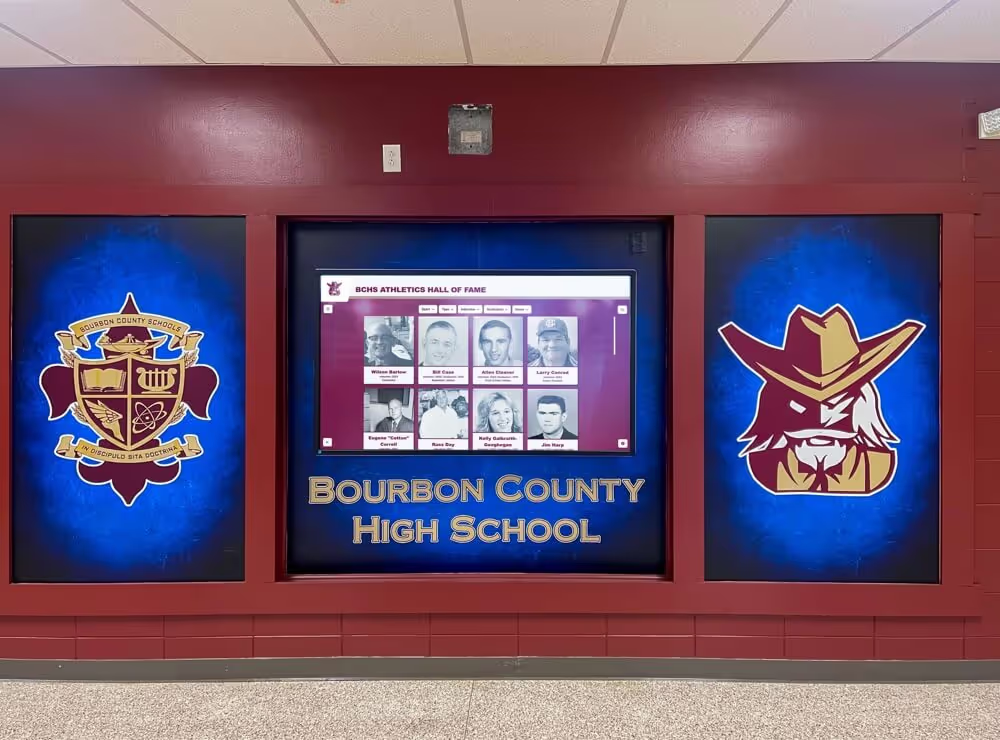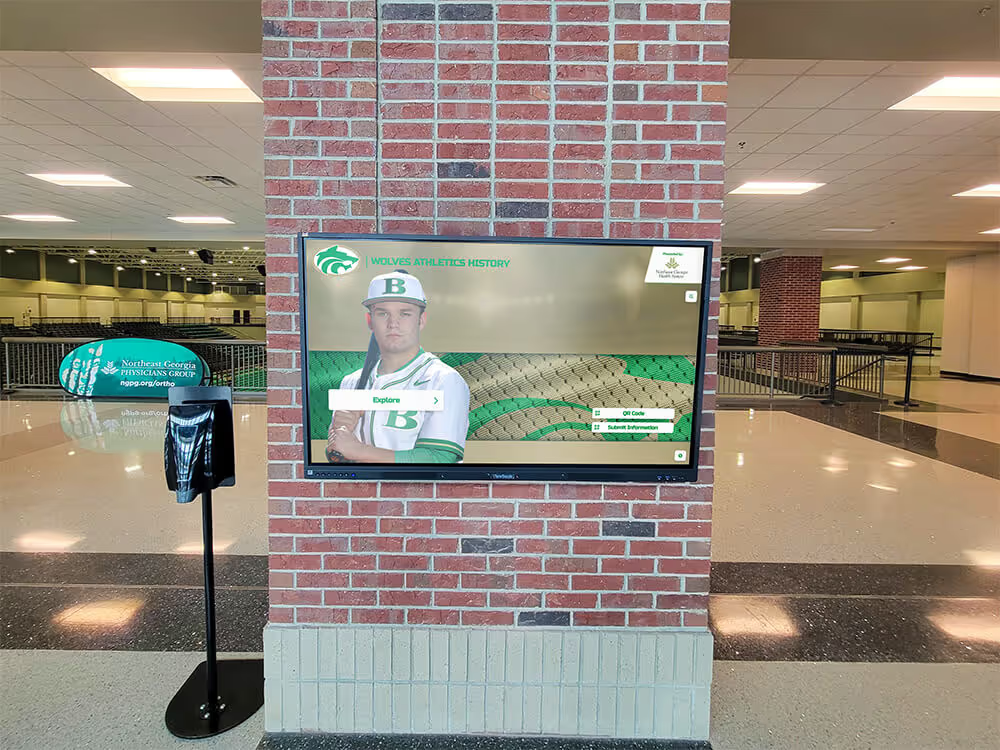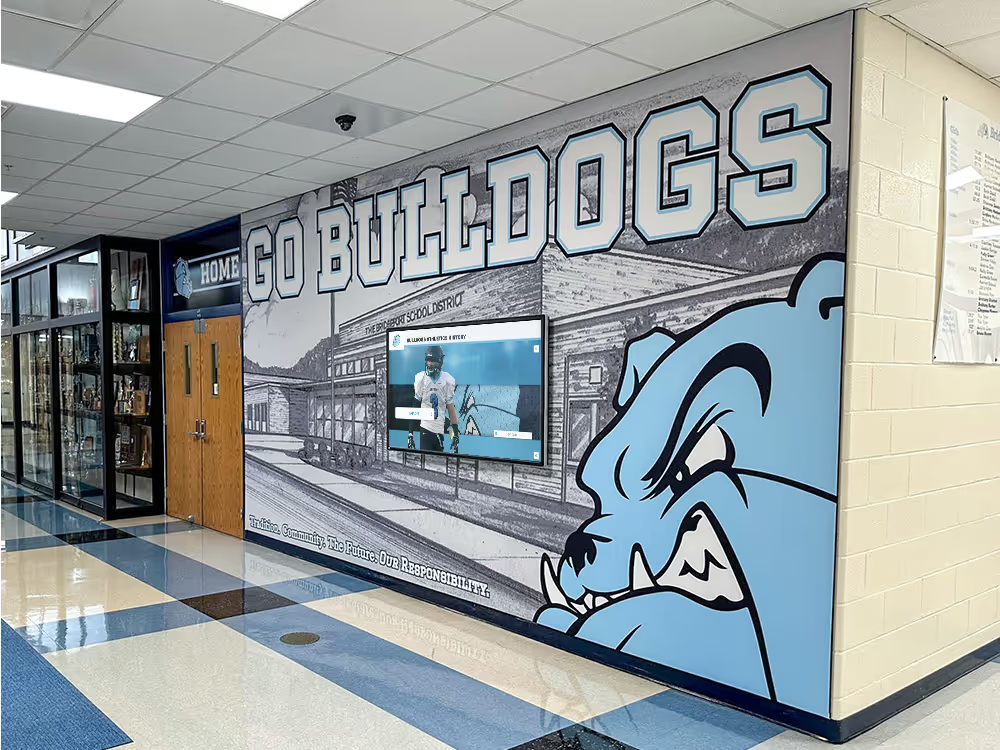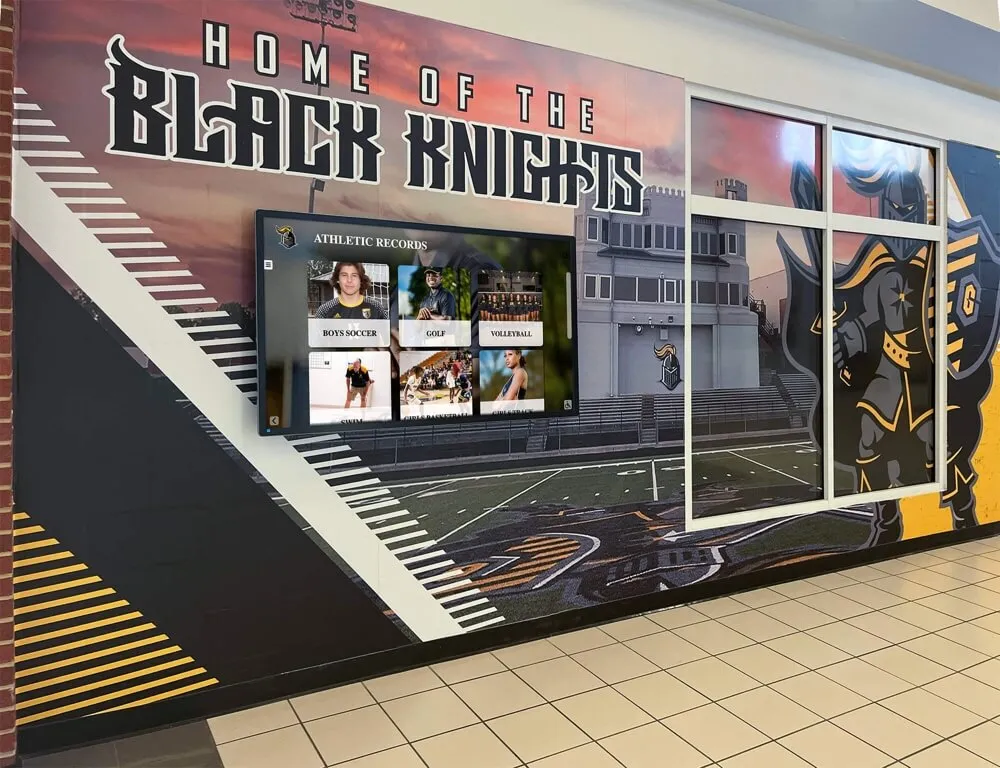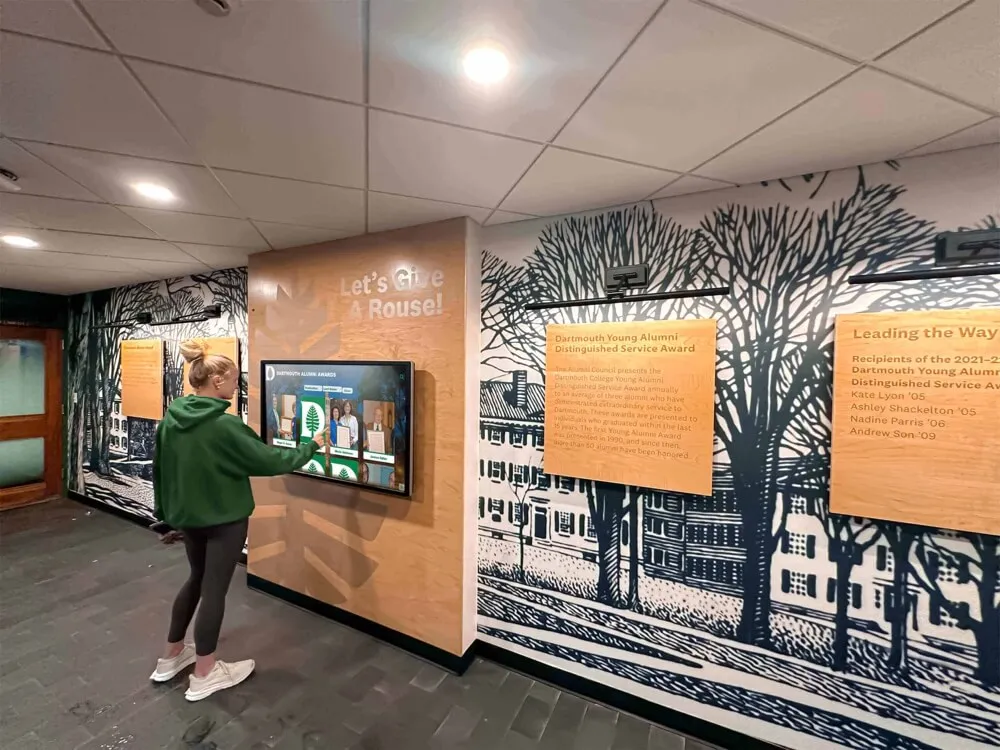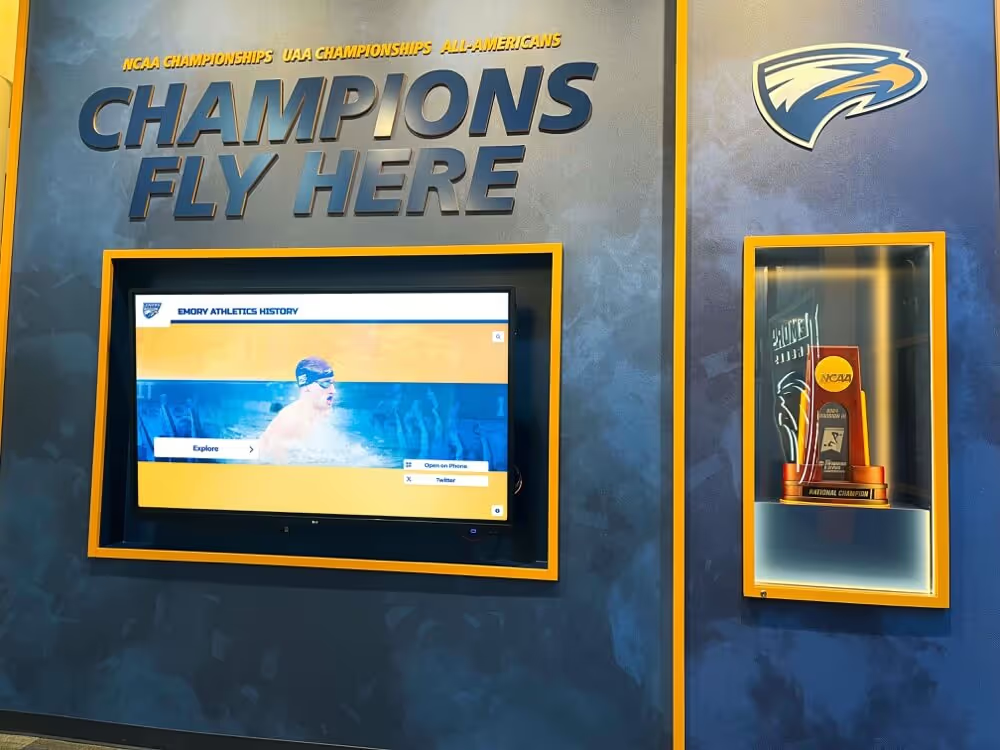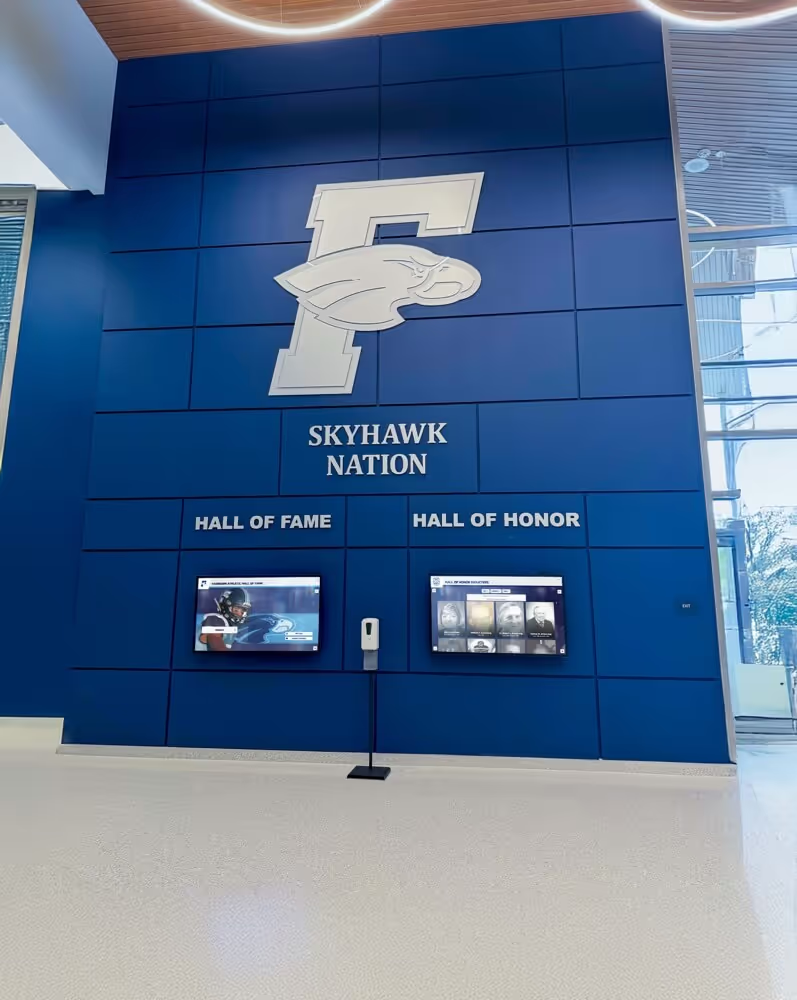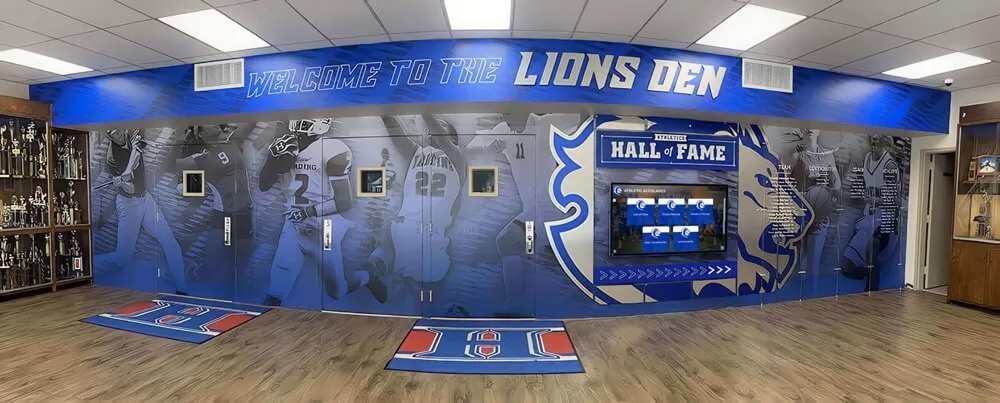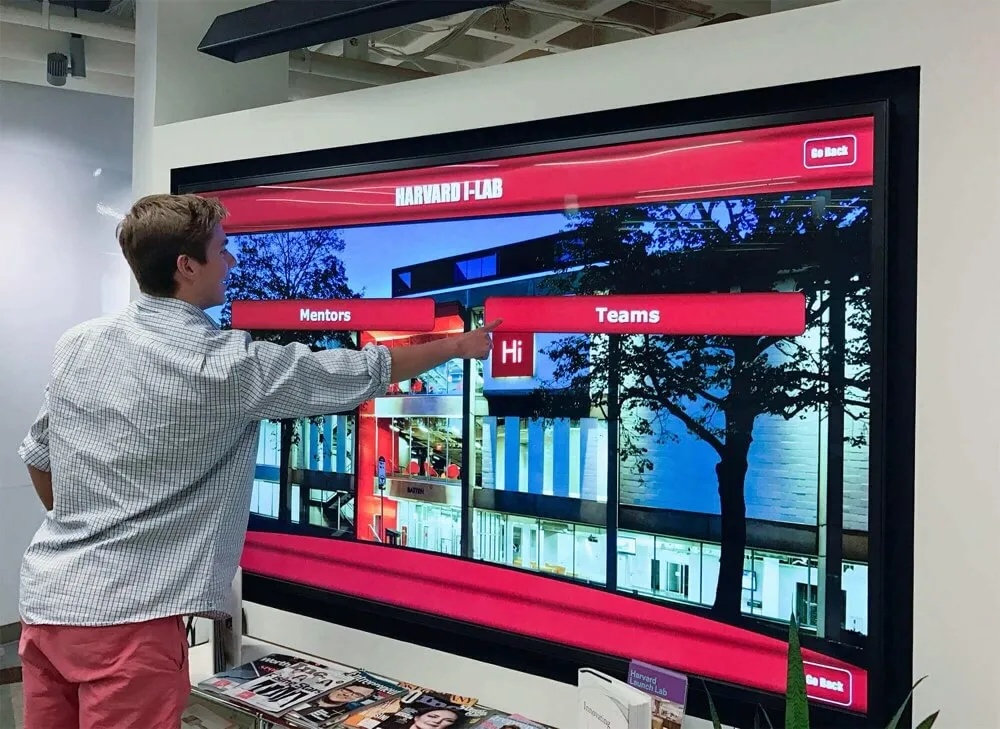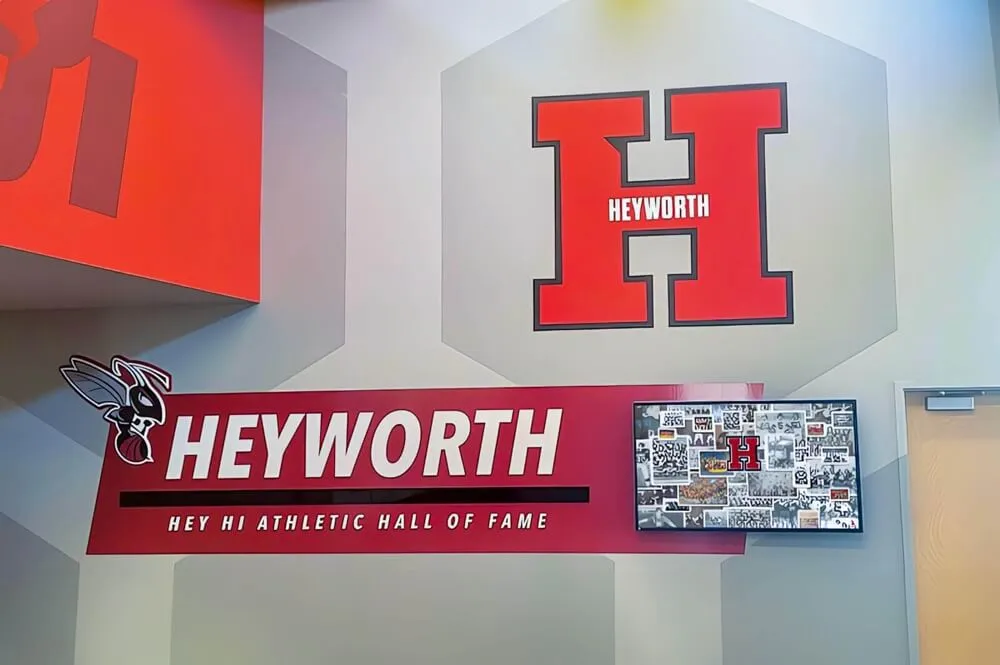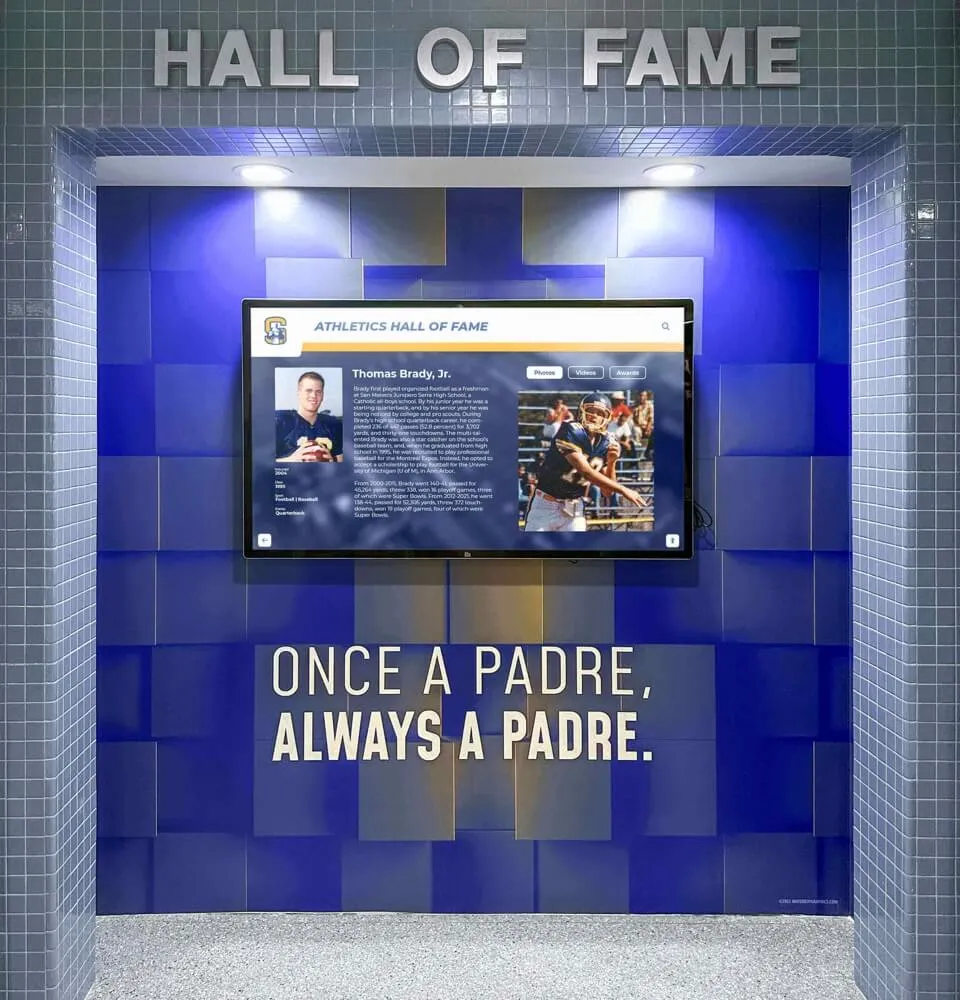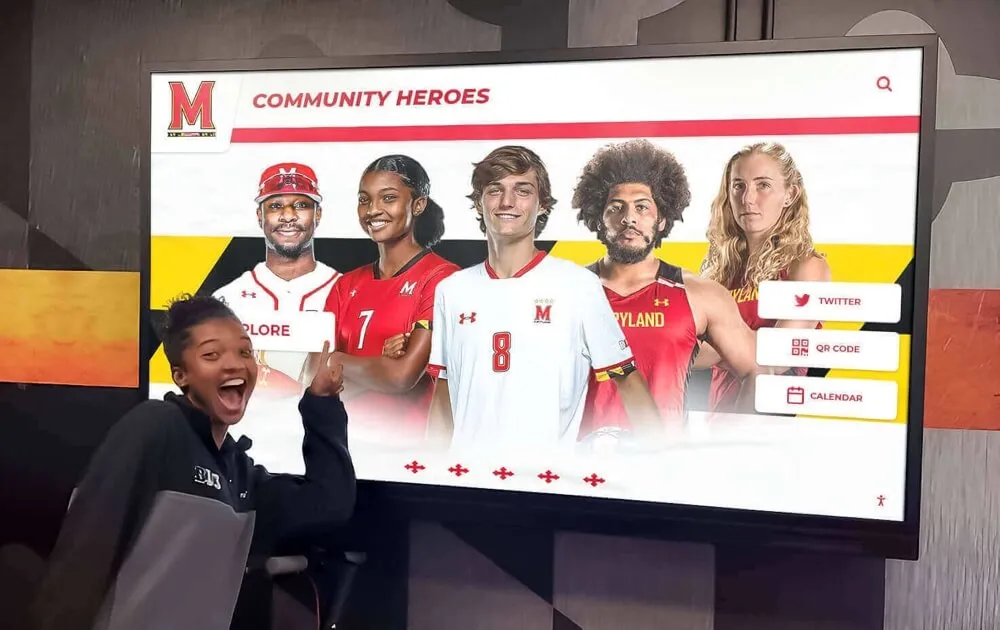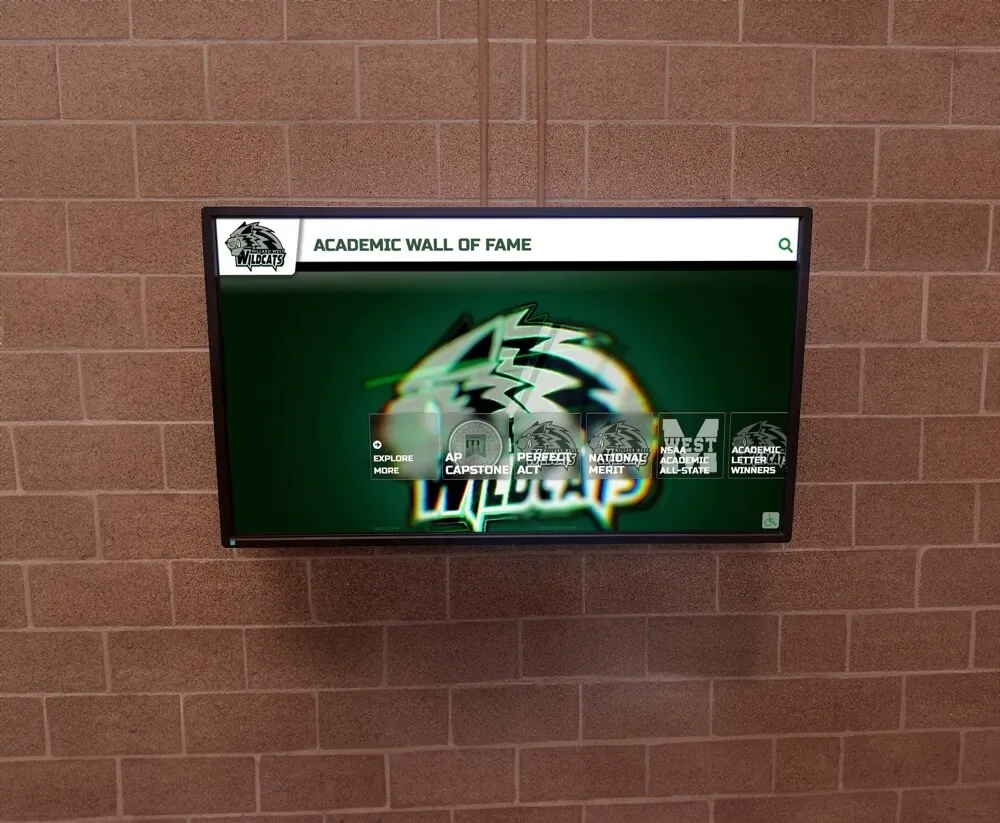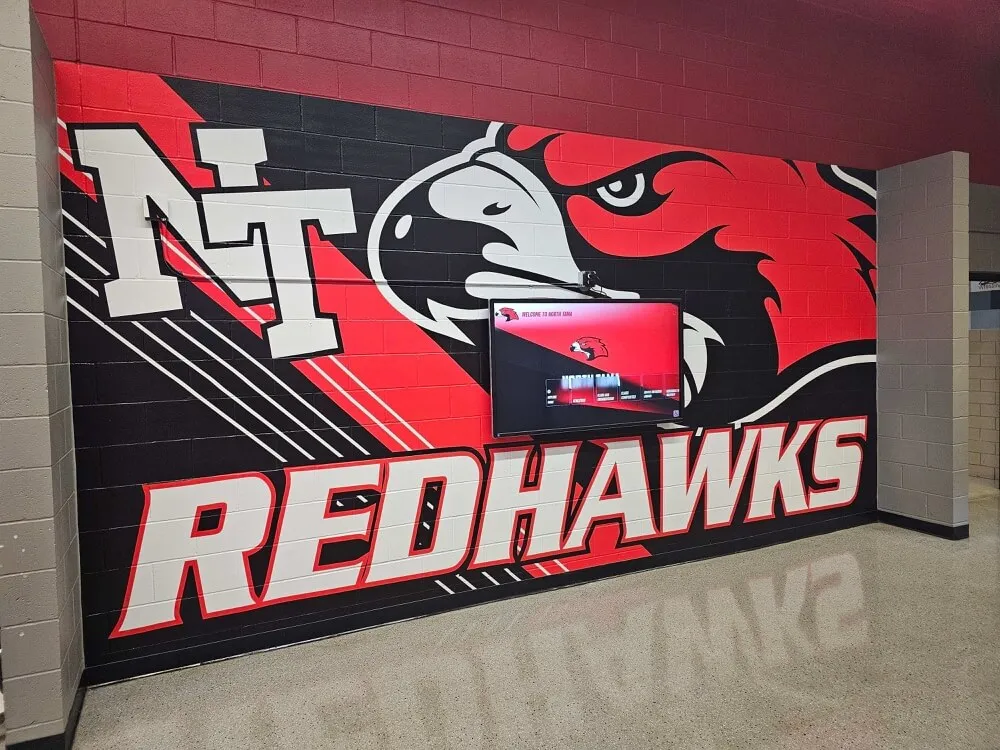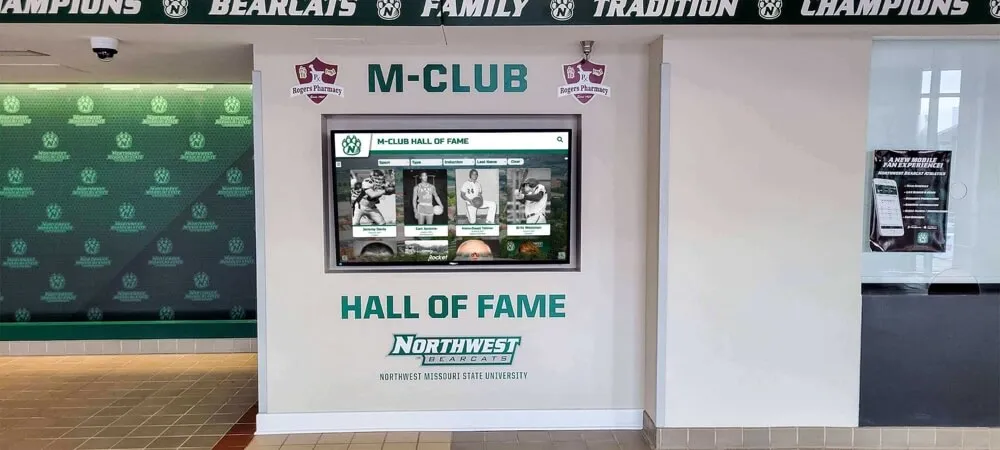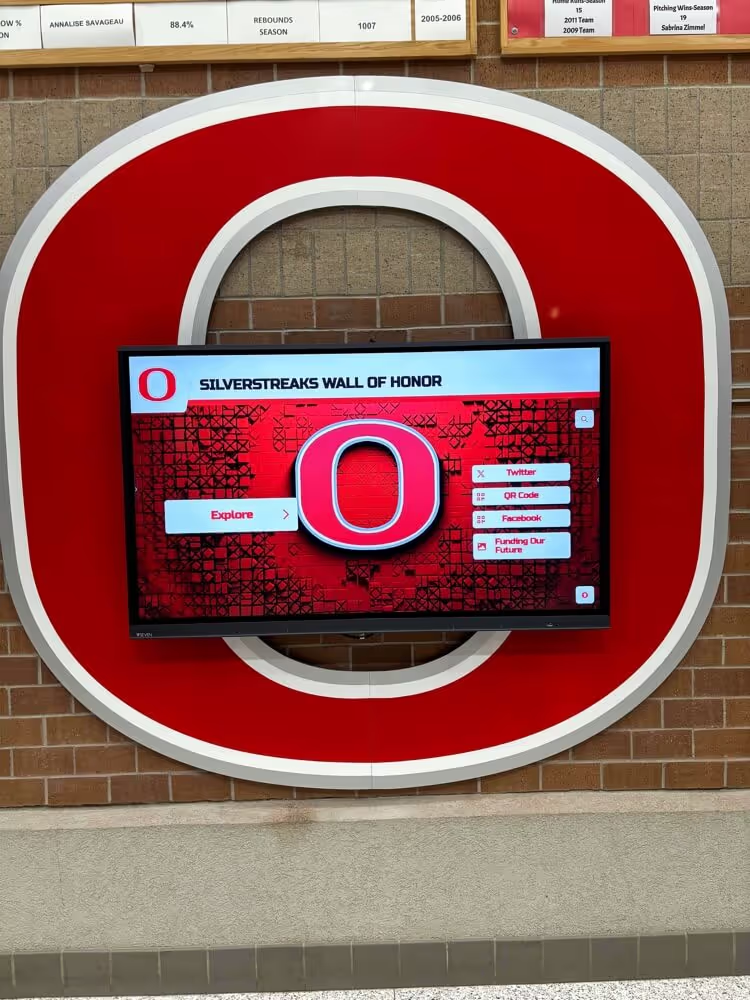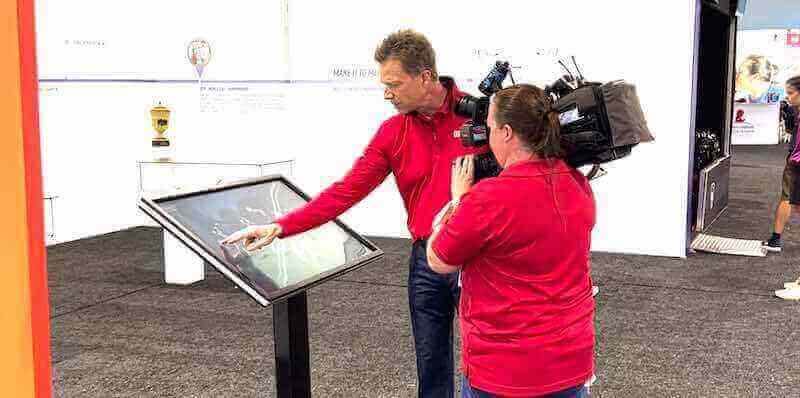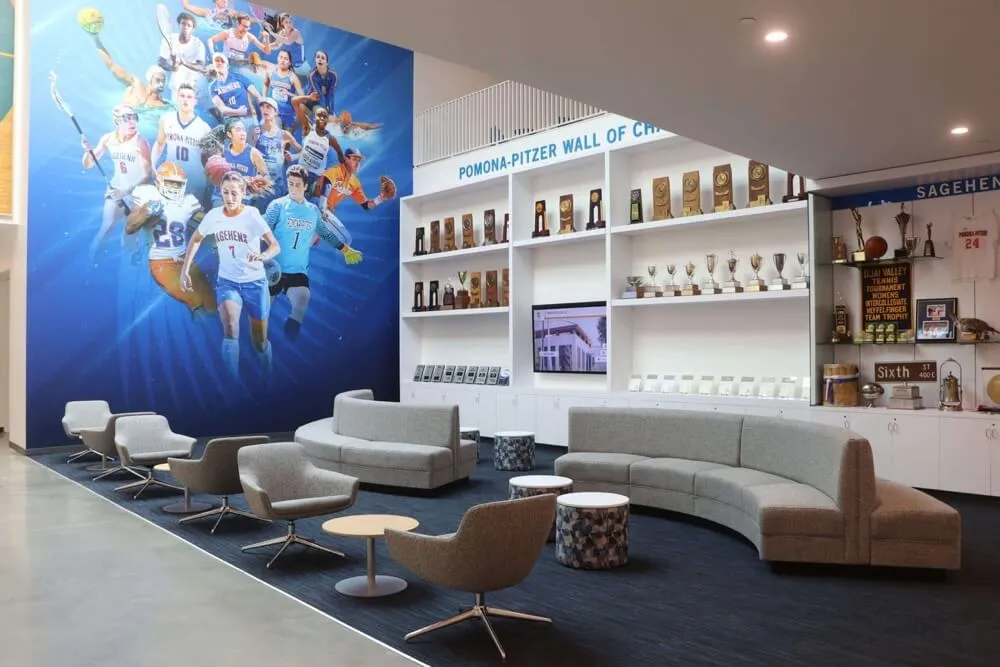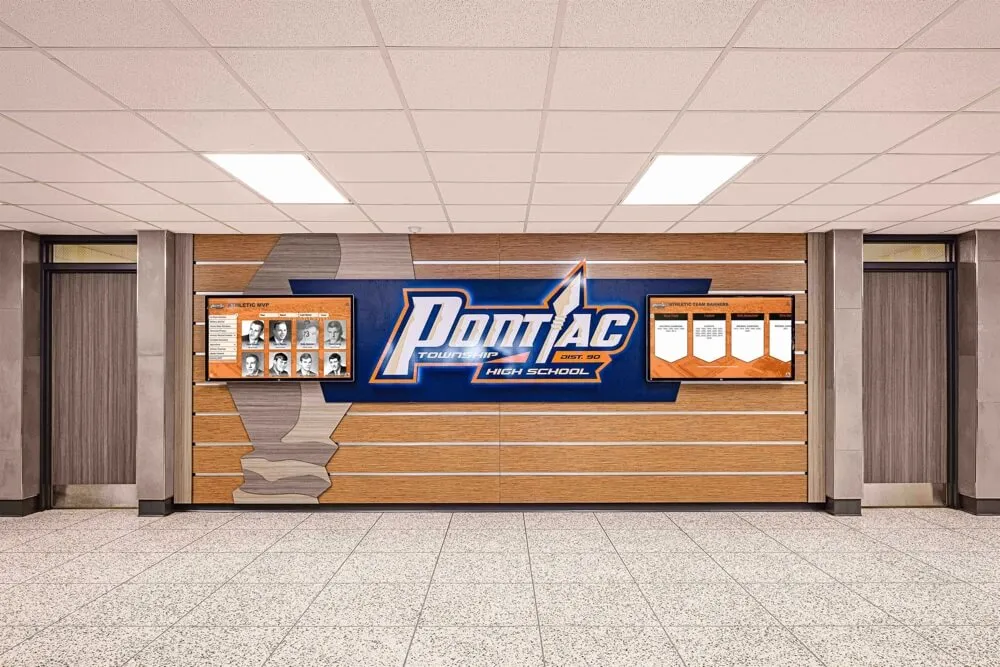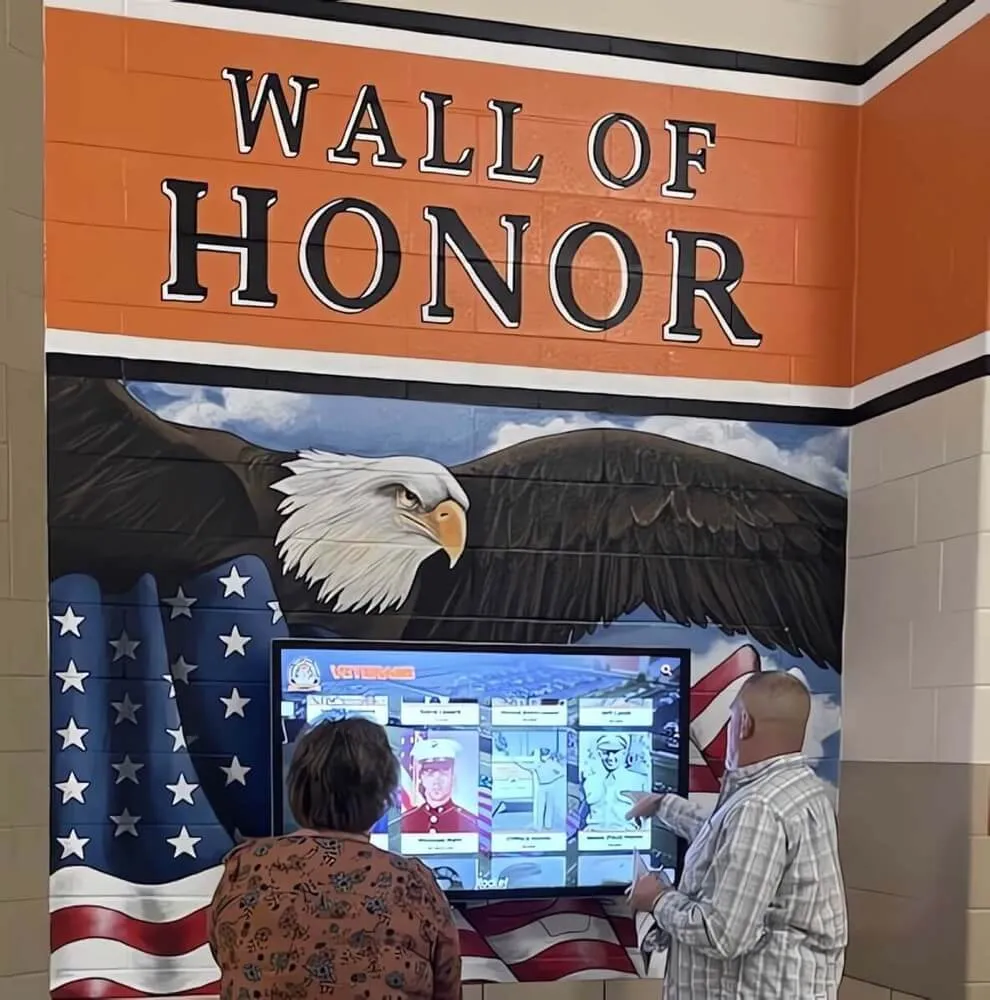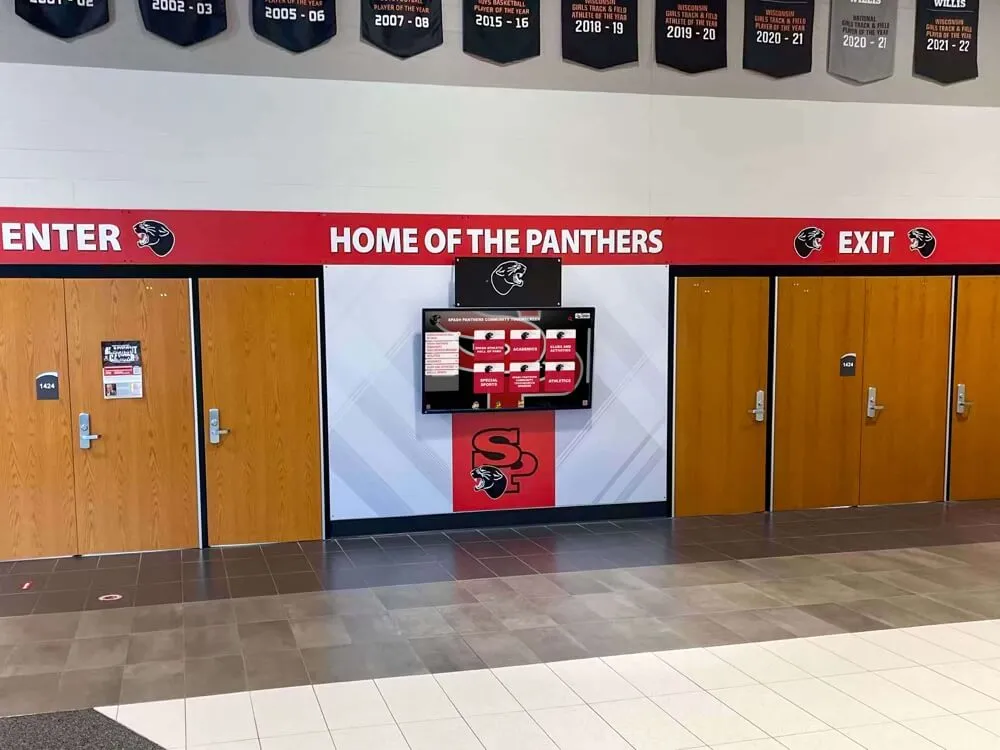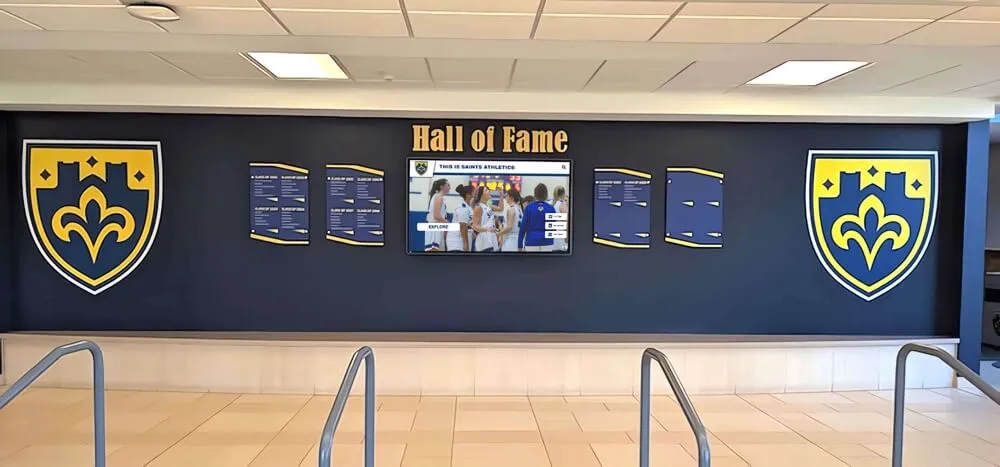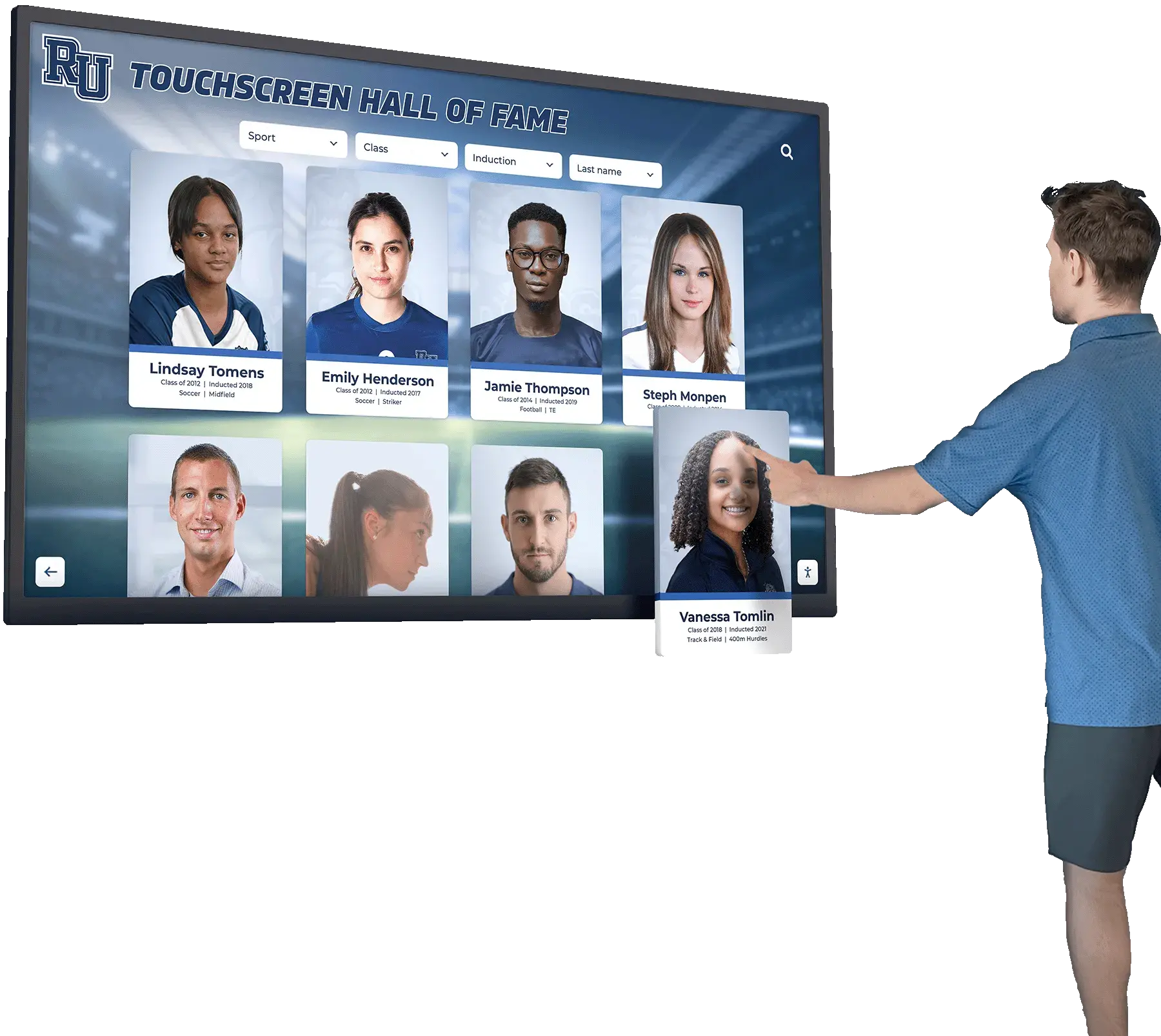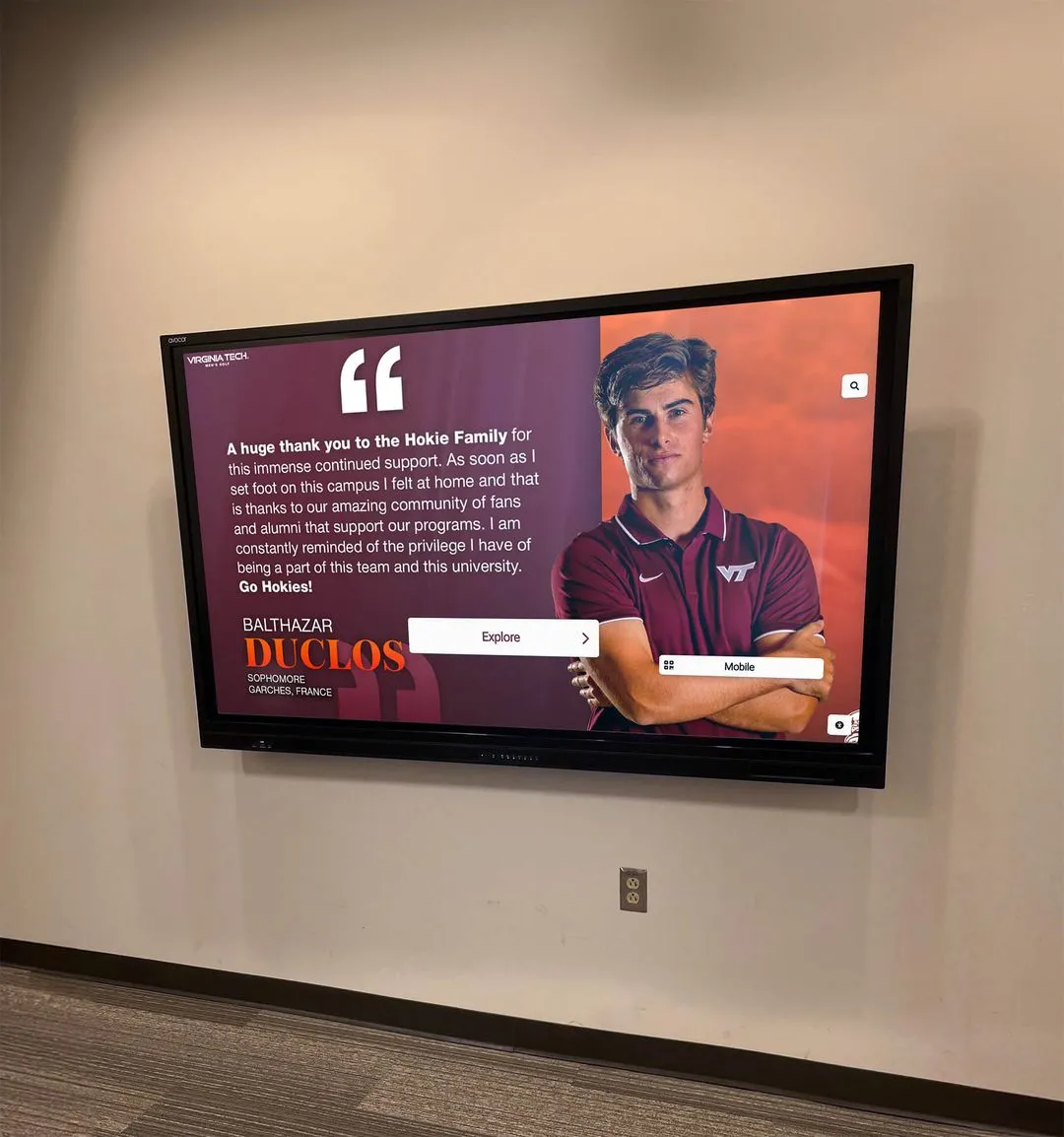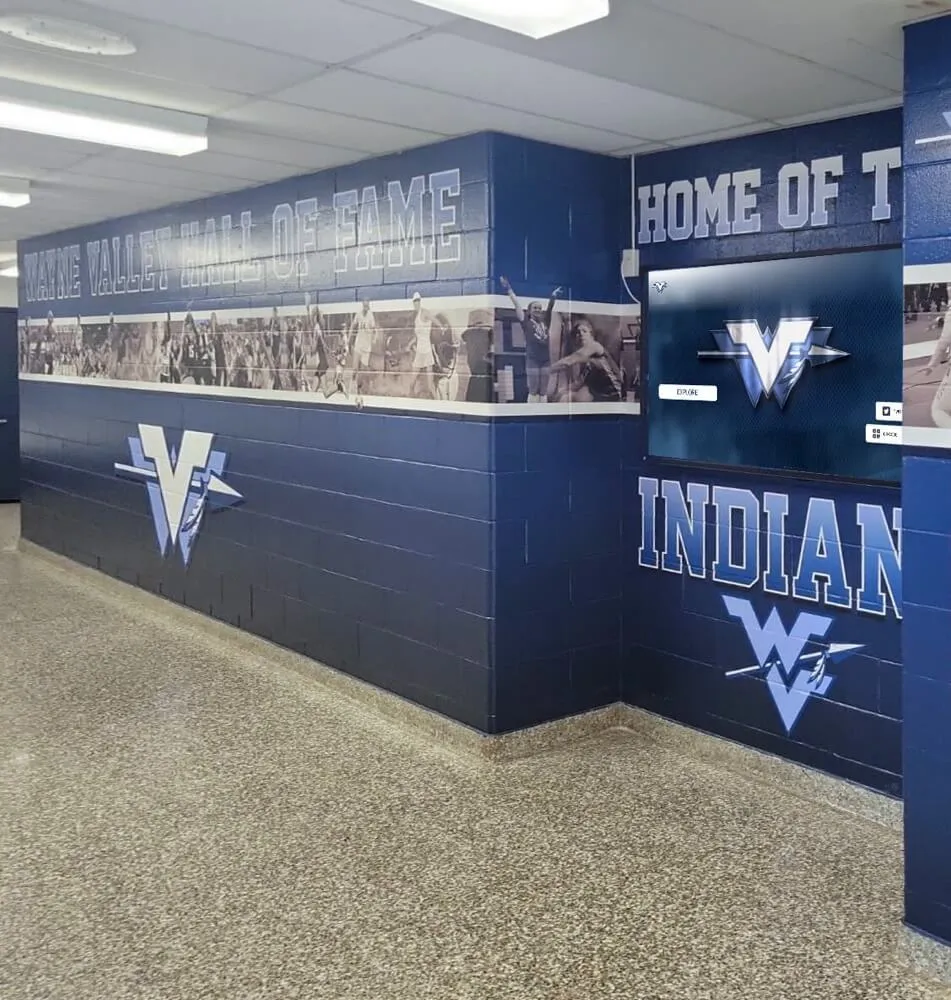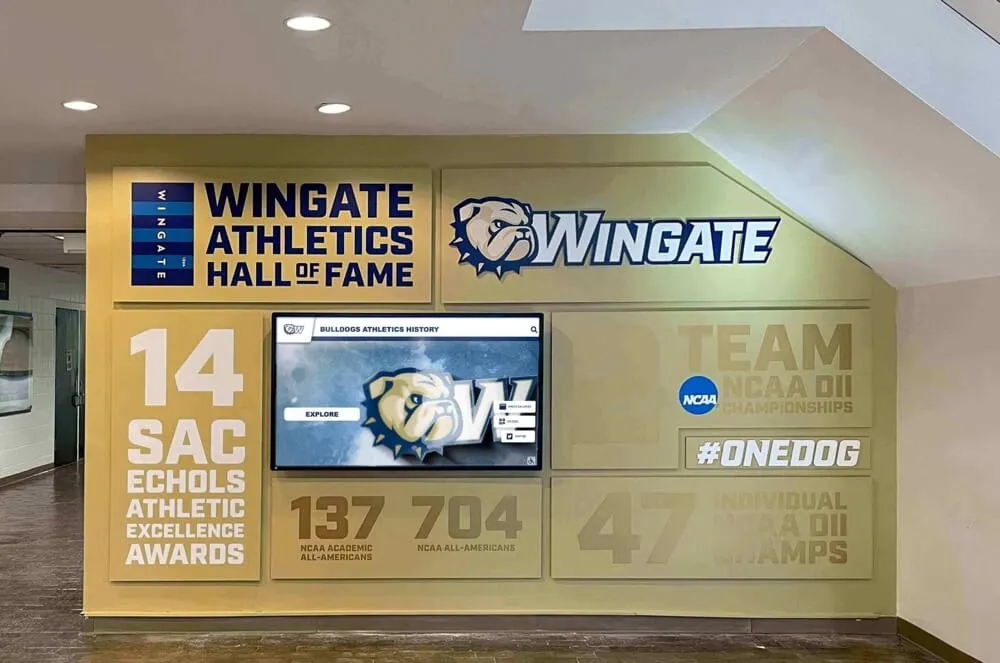Educational institutions and nonprofit organizations constantly seek innovative ways to acknowledge contributors while driving ongoing engagement. Interactive donor recognition walls represent a transformative technology that elevates traditional donor appreciation into dynamic engagement opportunities.
The Evolution of Donor Recognition Technology
Traditional donor recognition methods have significant limitations:
- Static plaques and walls quickly become outdated
- Physical installations require costly updates
- Limited space constraints recognition expansion
- Fixed locations restrict visibility and accessibility
- One-dimensional presentations lack engagement elements
Modern interactive donor walls transcend these constraints through technology-driven solutions that create lasting connections between institutions and their supporters.
Core Benefits of Digital Donor Recognition Systems
Interactive recognition technology delivers multifaceted advantages:
Enhanced Donor Experience
Digital platforms create memorable recognition moments:
- Personalized Recognition Profiles: Individual donor stories and impact narratives
- Interactive Exploration: Touch-based navigation of contribution history
- Multi-media Presentation: Videos, photos, and testimonials highlighting impact
- Real-time Updates: Immediate recognition of new contributions
Expanded Recognition Capacity
Digital solutions eliminate traditional space constraints:
- Unlimited Recognition Categories: Recognition for all giving levels
- Historical Archiving: Preserving decades of giving history
- Multi-dimensional Taxonomy: Filtering by year, category, amount, or impact area
- Recognition Evolution: Tracking individual giving journeys over time
Implementation Case Study: Westfield Community Foundation
The Westfield Community Foundation transformed their donor engagement through strategic implementation of an interactive donor wall:
“Our digital donor recognition wall has fundamentally changed how we communicate with supporters. Not only have we seen a 42% increase in repeat giving, but our donor retention rate has improved by 28% since implementation. The system pays for itself many times over.”
Their implementation strategy included:
- Initial focus on major donors with expanded recognition profiles
- Gradual integration of all giving levels with appropriate recognition
- Addition of impact storytelling connecting donations to outcomes
- Development of a remote access portal for global visibility
- Creation of “recognition moments” during fundraising events
Strategic Applications Across Organization Types
Interactive donor walls serve diverse institutional needs:
Educational Institutions
- Alumni giving recognition by class year
- Scholarship donor and recipient connections
- Capital campaign progress visualization
- Academic program support highlighting
Healthcare Organizations
- Equipment and facility funding recognition
- Research support acknowledgment
- Memorial and tribute gift presentations
- Impact storytelling through patient outcome metrics
Arts and Cultural Organizations
- Exhibition and program underwriting recognition
- Collection acquisition acknowledgment
- Artistic legacy preservation
- Patron relationship visualization
Community Foundations
- Fund establishment recognition
- Grant impact storytelling
- Community investment visualization
- Multi-generational giving acknowledgment
Key Technology Features Driving Engagement
Specific capabilities create meaningful donor interactions:
- Giving Visualization Tools: Graphical representation of giving impact
- Donor Search Functionality: Quick access to specific recognition
- Timeline Integration: Historical context for institutional development
- Social Sharing Capabilities: Extending recognition beyond physical locations
- QR Code Integration: Bridging physical and digital recognition experiences
Measurable Impact Metrics
Digital donor walls provide quantifiable return on investment:
| Metric | Traditional Recognition | Digital Recognition |
|---|---|---|
| Donor Retention Rate | 45-55% | 65-78% |
| Average Gift Increase | 3-5% annually | 12-18% annually |
| New Donor Acquisition | Base reference | 22-35% increase |
| Event Attendance | Base reference | 30-45% increase |
| Self-reported Satisfaction | 72% positive | 91% positive |
Integration with Comprehensive Advancement Strategy
Digital donor recognition functions best as part of a holistic approach:
Capital Campaign Enhancement
- Progress visualization elements
- Donor recognition preview opportunities
- Challenge gift highlight features
- Lead donor storytelling components
Annual Fund Connections
- Recognition level visualization
- Year-over-year giving comparisons
- Participation rate displays
- Class/group competition elements
Planned Giving Programs
- Legacy society recognition
- Future impact storytelling
- Multi-generational giving connection
- Estate planning integration tools
Best Practices for Implementation Success
To maximize return on digital donor recognition investment:
- Start with Stakeholder Input: Involve major donors and advancement staff in planning
- Create Content Standards: Establish consistent recognition parameters
- Develop a Content Calendar: Schedule regular updates and feature rotations
- Train Multiple Administrators: Ensure various staff can maintain the system
- Establish Measurement Protocols: Define success metrics before launch
Addressing Common Implementation Concerns
Proactive solutions to frequent challenges:
Budget Considerations
Modular implementation allows phased investment with immediate returns through increased giving.
Content Management
Modern systems feature intuitive interfaces requiring minimal technical expertise.
Privacy Management
Granular permission settings allow donors to control their recognition preferences.
Technological Durability
Cloud-based solutions ensure longevity beyond hardware lifespans.
Emerging Trends in Digital Donor Recognition
The field continues evolving with new capabilities:
- AI-Powered Personalization: Dynamic content based on viewer profiles
- Integration with CRM Systems: Seamless connection with development databases
- Mobile Recognition Extensions: Companion apps for remote engagement
- Gamification Elements: Friendly competition and achievement markers
- Virtual Reality Components: Immersive impact experiences
Accessibility Considerations
Creating inclusive recognition experiences:
- ADA Compliant Interfaces: Ensuring usability for all physical abilities
- Multi-language Support: Recognizing donor diversity
- Variable Text Sizing: Accommodating different visual needs
- Audio Description Options: Alternative information delivery methods
- Appropriate Installation Heights: Physical accessibility in placement
Planning Your Digital Donor Recognition System
Essential steps for successful implementation:
- Assess Current Recognition Programs: Identify strengths and limitations
- Define Clear Objectives: Establish specific engagement and giving goals
- Evaluate Technical Environment: Consider integration requirements
- Develop Content Strategy: Plan for initial population and ongoing updates
- Create Measurement Framework: Establish baseline metrics for evaluation
Conclusion
Interactive donor recognition walls represent a paradigm shift in advancement strategy—transforming traditional acknowledgment into dynamic engagement tools that drive institutional support. By leveraging touchscreen technology to create accessible, engaging donor experiences, organizations build stronger, more sustainable relationships with supporters at every level.
The most effective implementations understand that recognition is merely the beginning; the true value emerges through the strengthened connections, increased giving, and community pride developed around these interactive platforms.
Ready to transform your donor recognition program? Visit touchwall.us to explore interactive donor wall examples or contact Rocket Alumni Solutions to discover how our digital recognition platforms can elevate your advancement strategy and strengthen donor relationships.
Looking for specific hall of fame solutions? Explore our specialized offerings at halloffamewall.com or view additional implementation examples at touchhalloffame.us.
